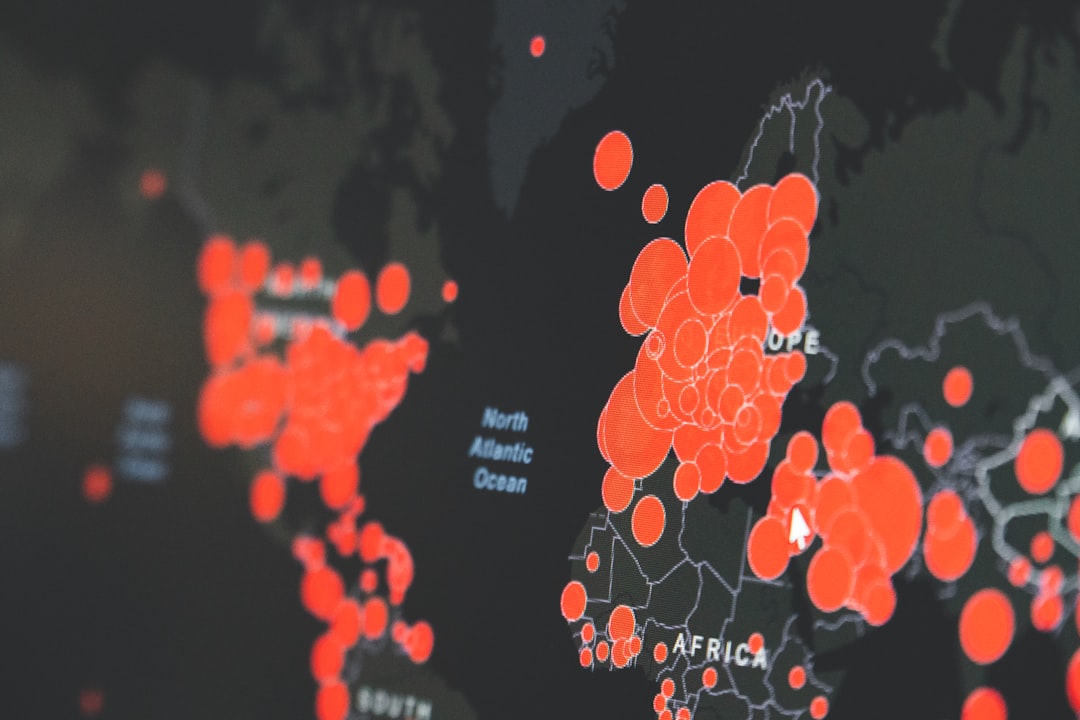Choosing the right data vendor can feel like picking a favorite ice cream flavor—there are many, and they all promise something delicious. But when it comes to data, it’s not just about taste. It’s about quality, timeliness, and trust.
If your business runs on data (and let’s face it, most do nowadays), then you need to be extra picky. In this article, we’ll break down how to evaluate data vendors by looking at three key areas:
- Coverage
- Freshness
- Bias
Let’s take a tour of each. Pack your checklist!
1. Coverage: How Much Ground Do They Cover?
Table of Contents
Coverage is all about scope. Picture this—you want data about retail stores in the U.S. But your vendor only tracks stores in California. That’s a problem!
Good data coverage means the vendor provides information about:
- Geographic area—Do they cover the right countries, cities, or even neighborhoods?
- Demographics—Can they break things down by age, gender, income level?
- Fields and attributes—Are they offering all the data points you need?
Also, some vendors specialize. That’s okay! But be sure you know exactly what you’re getting.
Tip: Ask for a sample dataset before you sign any agreement. It’s like tasting a free scoop before buying the whole tub.

2. Freshness: Is the Data Still Crunchy?
Data gets old. Fast. Imagine using last year’s weather report to plan this weekend’s barbecue. You’d end up sunburned… or soaked.
So, how fresh is the data?
Vendors should be able to tell you:
- When the data was last updated
- How often they update it—daily, weekly, monthly?
- How they collect the updates—is it automated or manual?
Freshness matters more in some areas than others. For stock prices, seconds count. For population stats? Annual updates may be ok.
Pro tip: Ask for a freshness report. That’s a doc that shows data update frequency and last refresh date. If they don’t have one, that’s a red flag.
3. Bias: Is It Playing Fair?
Let’s be honest—no data is perfect. But biased data can mess things up. Badly.
What does bias look like?
- Skewed sources—All info comes from one place or one type of user.
- Incomplete data—Large groups or regions are left out.
- Mislabeling or assumptions—Incorrectly tagging data or guessing values.
Even accidental bias can lead to faulty decisions. Imagine targeting a product to “everyone,” but your data only includes urban users. You’d miss out on rural customers entirely.

Ask your vendor:
- “Where does your data come from?”
- “What checks do you perform to reduce bias?”
- “Is there representation from all the groups I care about?”
Data diversity is key. Make sure it reflects the real world, not a smaller version of it.
Bonus Factors to Consider
We’ve talked about the big three—Coverage, Freshness, and Bias. But wait, there’s more!
Usability:
How is the data delivered? CSV files? APIs? Is the format easy to work with?
Cost:
Some vendors charge a LOT. Make sure you’re getting good value for your money. Look at competitors and compare apples to apples.
Customer Support:
Do they reply fast? Do they actually answer your questions? You’ll need them when issues pop up.
Putting It All Together
Let’s say you’re down to two vendors. Both look great. Here’s a simple table to help you decide:
| Vendor | Coverage | Freshness | Bias check | Extra perks |
|---|---|---|---|---|
| DataCo | Global, full demographic breakdown | Updated weekly | Third-party bias audit | 24/7 support, clean JSON API |
| InfoHub | US + Canada, limited attributes | Updated monthly | Internal quality review only | Email-only support |
From this, DataCo looks better. But maybe InfoHub is cheaper. That’s why it’s important to balance all the factors.
Final Checklist Before You Choose
Before signing the dotted line, ask yourself:
- Does the data cover what I need?
- Is the data fresh enough for my needs?
- Has the vendor checked for bias?
- Is the data easy to use?
- Am I getting a fair price?
Remember, data is fuel for your projects. Dirty data clogs the engine. Clean, reliable data keeps everything running smooth.

One Last Scoop
Not all ice creams are created equal. Neither are data vendors. Evaluate with care. Don’t fall for flashy charts or sales talks. Dig into the Coverage, Freshness, and Bias like a data detective.
Your future decisions will thank you.

